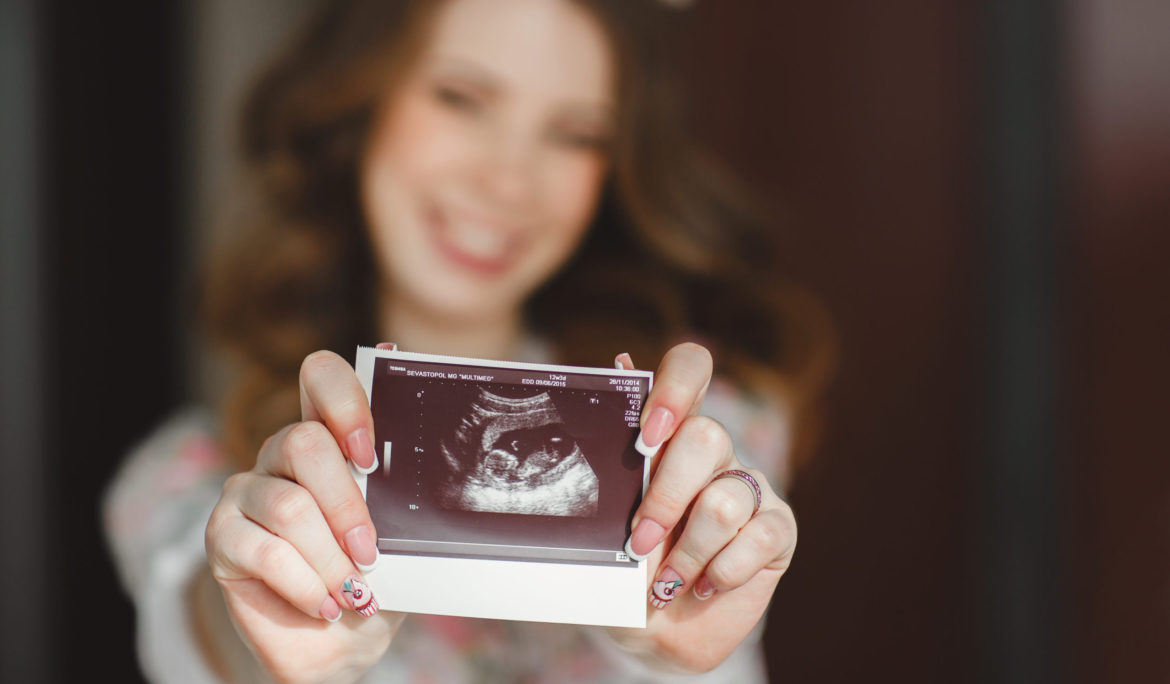Are there different types of IVF?


In Vitro Fertilization (IVF) has revolutionized reproductive medicine, offering hope to countless individuals and couples facing fertility challenges. However, IVF is not a one-size-fits-all solution. There are several types of IVF treatments tailored to meet diverse medical needs, personal preferences, and specific health conditions. This article delves into the various types of IVF, helping you understand each method’s unique approach and whom it may benefit.
| Type of IVF | Description | Ideal Candidates | Key Advantages |
|---|---|---|---|
| Traditional IVF | Involves stimulating the ovaries to produce multiple eggs for retrieval and fertilization in the lab. | Couples with unexplained infertility, blocked tubes. | High success rate; well-established method. |
| ICSI | A single sperm is injected directly into an egg to facilitate fertilization. | Men with low sperm count or poor motility. | Enhances fertilization rates for male factor infertility. |
| Frozen Embryo Transfer (FET) | Uses frozen embryos from a previous cycle for transfer. | Those with viable embryos from previous cycles. | Allows body recovery after egg retrieval; high success. |
| Egg Donation IVF | Uses eggs donated by a younger woman. | Women with poor egg quality, older women, genetic issues. | Increases success rates for older women or genetic concerns. |
| Gestational Carrier IVF | Involves another woman carrying the pregnancy. | Women unable to carry a pregnancy safely. | Allows parenthood despite uterine or health complications. |
| Natural Cycle IVF | Relies on the collection of the naturally produced egg without hormonal stimulation. | Those preferring fewer drugs, with health concerns. | Fewer side effects; less invasive. |
| Minimal Stimulation IVF | Uses lower doses of fertility drugs to induce ovulation of fewer, higher quality eggs. | Those sensitive to drugs, older women, mild infertility. | Reduces side effects; cost-effective. |
Traditional IVF
Traditional IVF is the standard method where hormone injections are used to stimulate the ovaries to produce multiple eggs. These eggs are then retrieved and fertilized in a laboratory setting with sperm from a partner or donor. The resulting embryos are monitored for growth and one or more are transferred to the uterus. This approach is widely used and has the longest track record of success.
Intracytoplasmic Sperm Injection (ICSI)
ICSI is a specialized form of IVF used primarily to overcome male fertility issues, such as low sperm count or poor sperm motility. Instead of mixing sperm with the eggs in a dish, a single sperm is injected directly into each egg. This technique enhances fertilization chances when sperm quality or quantity is a concern.
Frozen Embryo Transfer (FET)
FET is a procedure where frozen embryos from a previous IVF cycle are thawed and transferred to the uterus. This method is often used when the initial IVF cycle produces more viable embryos than can be safely transferred at one time, or if the first cycle does not result in pregnancy.
Egg Donation IVF
Egg donation IVF involves using eggs donated by another woman, usually under 35 years old. This method is particularly beneficial for women who do not produce viable eggs due to age, early menopause, or specific genetic conditions.
Gestational Carrier IVF
This form of IVF is used when a woman cannot carry a pregnancy to term due to uterine issues or health risks associated with pregnancy. In gestational carrier IVF, another woman carries the pregnancy, but the eggs and sperm come from the intended parents or donors, meaning the carrier has no genetic ties to the baby.
Natural Cycle IVF
In natural cycle IVF, no fertility drugs are used. Instead, the process relies on the woman’s natural cycle to collect the one egg she produces each month. This approach is less invasive and involves fewer medications, making it a suitable option for those who prefer a more natural process or who wish to avoid the side effects of fertility drugs.
Minimal Stimulation IVF
Minimal stimulation IVF, or mini IVF, uses lower doses of fertility drugs to induce ovulation. This method aims to produce fewer but higher quality eggs and is considered a middle ground between traditional IVF and natural cycle IVF.
Conclusion
The choice of IVF type depends on several factors, including the reasons for infertility, the woman’s age, general health, and personal preferences regarding treatment intensity and medication use. With advancements in reproductive technologies, potential parents have more options than ever to try and conceive a child through assisted reproductive technologies.
FAQs about Different Types of IVF
What is the difference between traditional IVF and ICSI?
Traditional IVF involves mixing collected eggs with sperm in a lab dish and allowing fertilization to occur naturally, while ICSI involves injecting a single sperm directly into each egg, which can be crucial for overcoming certain types of male infertility.
Is frozen embryo transfer as successful as fresh embryo transfer?
Success rates for FET can be comparable to, or sometimes better than, fresh embryo transfers, particularly since FET allows the woman’s body to recover from the egg retrieval process before undergoing embryo transfer.
Who might benefit from egg donation IVF?
Egg donation is often recommended for women who are unable to use their own eggs due to factors such as advanced reproductive age, premature ovarian failure, or genetic diseases.
What are the advantages of using a gestational carrier?
A gestational carrier may be used when the intended mother has medical issues that prevent her from safely carrying a pregnancy or if there are abnormalities with her uterus.
Why would someone choose natural cycle IVF?
Natural cycle IVF is less invasive and involves fewer medications, making it appealing for those who wish to avoid the side effects associated with ovarian stimulation in traditional IVF.


